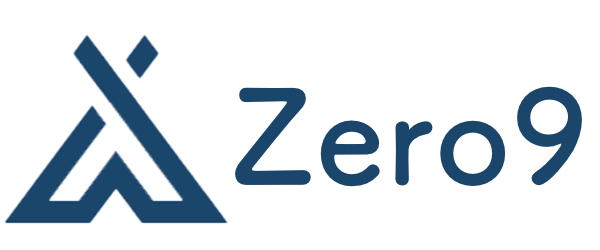Understanding PostgreSQL for Beginners
PostgreSQL is an open-source relational database management system (RDBMS) that has gained popularity for its powerful features, flexibility, and support for standards. Whether you’re a software developer, data analyst, or just someone trying to store information, understanding PostgreSQL can be incredibly beneficial. Let’s dive into the key concepts and features that make PostgreSQL a strong choice for many applications.
What is PostgreSQL?
At its core, PostgreSQL is designed to store and manage data efficiently. It uses a structured query language (SQL) for database interactions, which allows users to create, update, delete, and retrieve data in a straightforward manner. Developed over 30 years ago, PostgreSQL has matured into a robust platform supporting a variety of data types and complex queries.
Installation and Setup
Installing PostgreSQL can vary depending on your operating system. It’s available for Windows, macOS, and various Linux distributions. The installation process typically involves downloading the installer or package manager for your operating system and following the setup wizard.
After installation, you can access PostgreSQL via the command line using psql, which is its terminal-based front end, or through various graphical user interfaces (GUIs) like pgAdmin. Setting up a database is as simple as executing a command in your terminal or using the GUI to create a new database.
Basic Concepts
Before diving deeper, it’s essential to familiarize yourself with some basic concepts in PostgreSQL:
-
Database: A database is a structured collection of data. PostgreSQL can host multiple databases simultaneously.
-
Table: A table is where data is stored in rows and columns. Each column has a specific data type, such as integers, text, or dates.
-
Row: A row, or record, represents a single entry in a table.
- Column: A column represents a specific attribute of the data stored in the table.
Data Types
PostgreSQL supports a vast array of data types, making it versatile for different applications. Some common data types include:
-
Integer Types: These include small integers, integers, and big integers, which are used for numerical data.
-
Character Types: Used for text data, PostgreSQL offers
CHAR,VARCHAR, andTEXT. -
Boolean: Represents true or false values.
-
Date and Time Types: These types help manage temporal data, including dates, timestamps, and intervals.
- Array Types: PostgreSQL allows you to store arrays of any data type, providing more flexibility.
Creating a Database and Table
Creating a database in PostgreSQL is straightforward. After logging in as a user with permission, you can use the following SQL command:
CREATE DATABASE my_database;Once the database is created, you can switch to it and create tables. For example, to create a simple table for storing employee information, you would use:
CREATE TABLE employees (
id SERIAL PRIMARY KEY,
name VARCHAR(100),
position VARCHAR(50),
hire_date DATE
);Inserting Data
After creating a table, you can insert data into it using the INSERT statement. For example:
INSERT INTO employees (name, position, hire_date) VALUES
('Alice Johnson', 'Software Engineer', '2022-01-15'),
('Bob Smith', 'Product Manager', '2021-03-22');Querying Data
One of the most powerful aspects of PostgreSQL is its ability to query data efficiently. The SELECT statement allows you to retrieve data from tables. For instance, if you want to view all employees, you can run:
SELECT * FROM employees;You can also filter results using WHERE clauses and sort them using ORDER BY. For example:
SELECT * FROM employees WHERE position = 'Software Engineer' ORDER BY hire_date DESC;Indexes
Indexes are a crucial feature in PostgreSQL that helps speed up data retrieval. By creating an index on certain columns, you can significantly improve query performance. For example, if you frequently query by name, you might want to create an index like this:
CREATE INDEX idx_employee_name ON employees(name);Transactions
PostgreSQL supports transactions, allowing you to group a series of operations that should either all succeed or all fail together. This is achieved through the use of BEGIN, COMMIT, and ROLLBACK commands.
For example:
BEGIN;
INSERT INTO employees (name, position, hire_date) VALUES ('Chloe Brown', 'Designer', '2023-09-10');
COMMIT;If something goes wrong and you want to cancel the operations, you can use ROLLBACK.
Advanced Features
PostgreSQL has several advanced features that extend its capabilities:
-
JSON and JSONB: PostgreSQL allows for storing JSON data, which is useful for semi-structured data or when integrating with web applications.
-
Concurrency Control: PostgreSQL uses Multi-Version Concurrency Control (MVCC), which means that it can handle multiple transactions at once without locking the database, improving performance.
-
Full-Text Search: It offers built-in support for text searching, allowing you to perform complex searches with ease.
- Extensions: PostgreSQL has many extensions available that add additional functionality, such as PostGIS for geospatial data.
Understanding these features and functionalities can empower you to leverage PostgreSQL effectively in your projects. As you continue to explore and practice, you’ll discover how PostgreSQL can cater to your data management needs in various scenarios.

